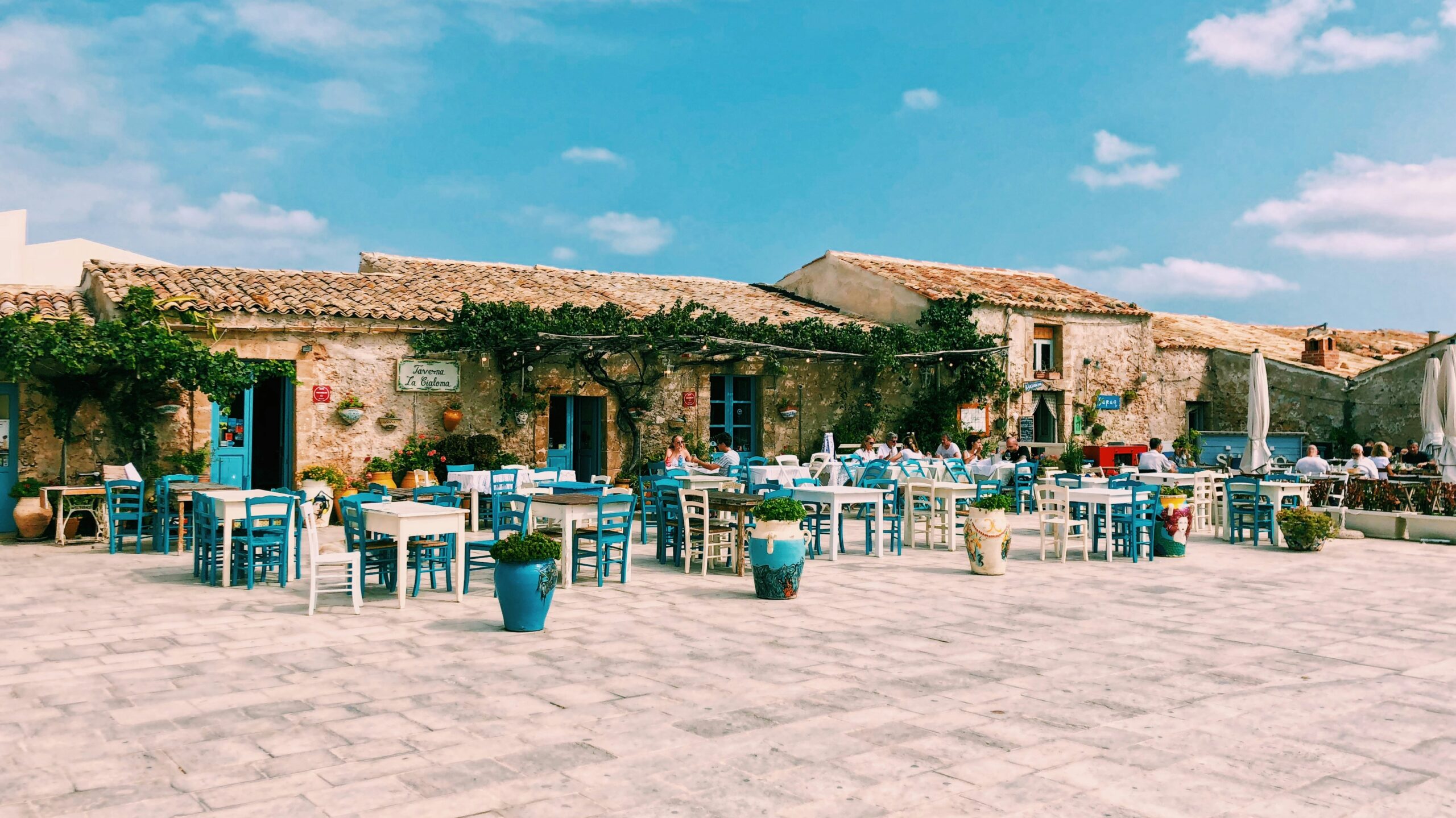Italy’s largest island stands out uniquely from the mainland, boasting a distinctiveness that is proudly its own. This diverse land offers a medley of landscapes, from sandy beaches to towering mountains, and even features active volcanoes alongside opportunities for winter skiing.
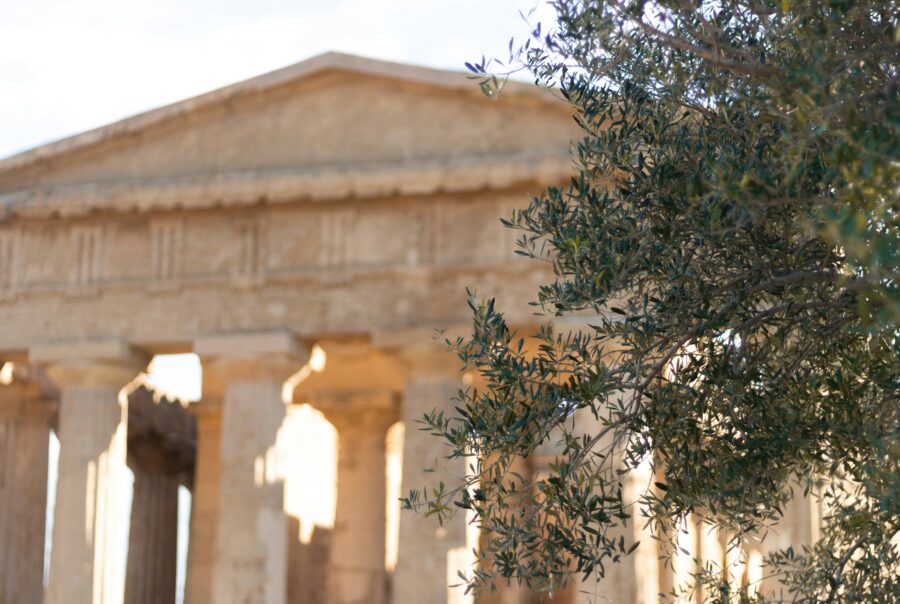
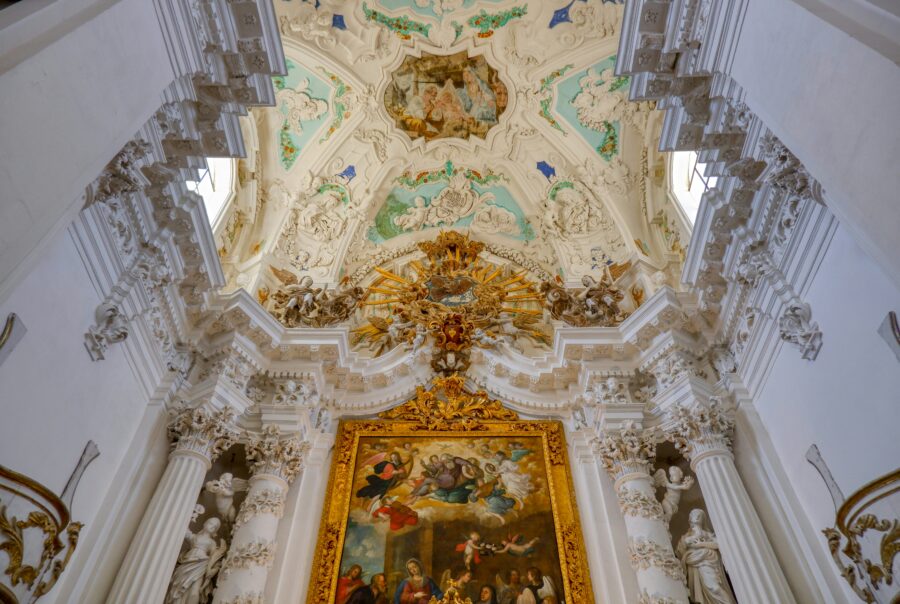
Its historical significance as a crossroads within the Mediterranean is evident in the well-preserved archaeological sites, cathedrals, and structures that showcase the island’s rich past, having been influenced by various major powers throughout history, including Greeks, Romans, Arabs, Normans, and Spanish.
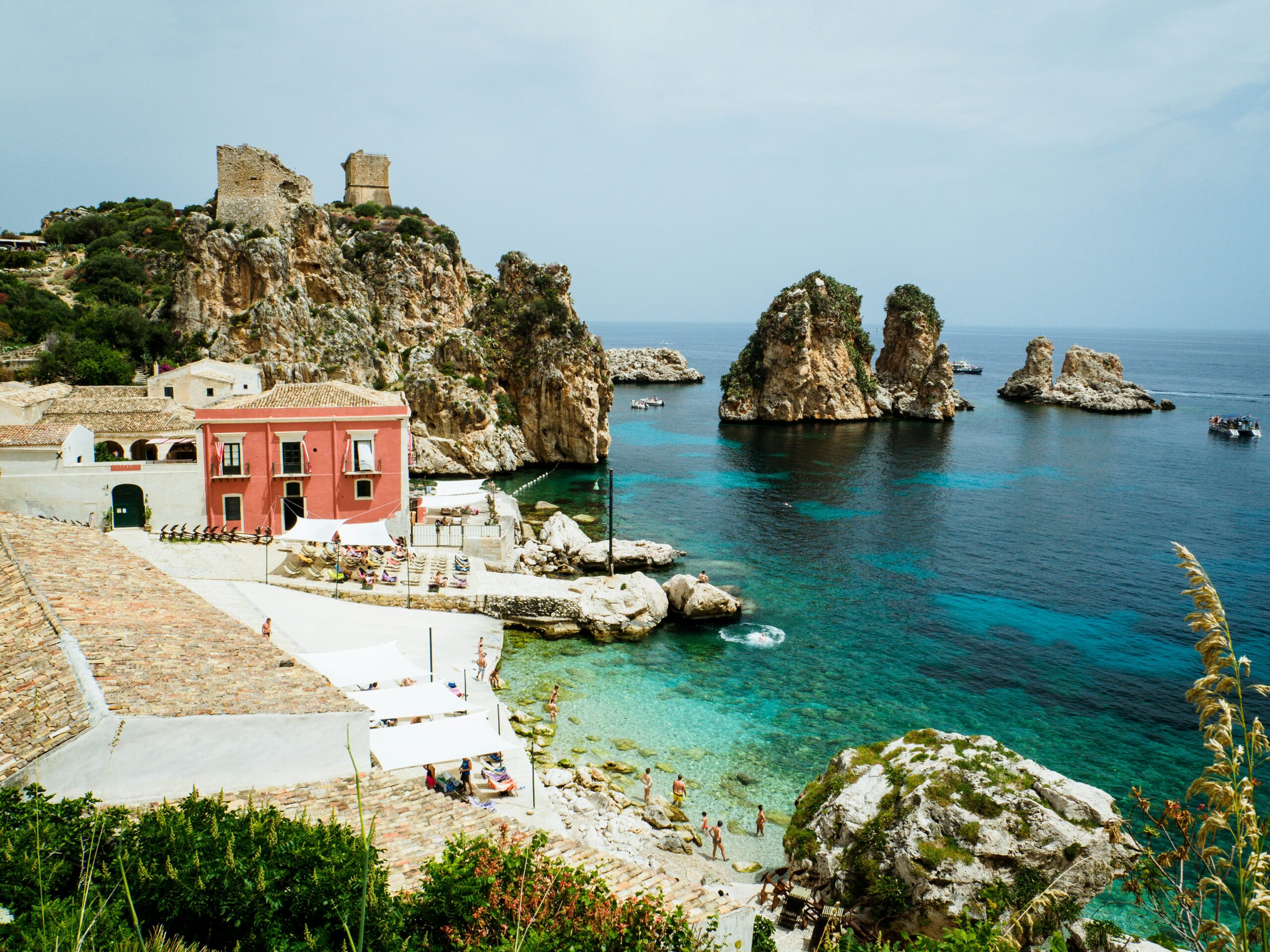
This cultural fusion permeates every aspect of Sicilian life, from its art and architecture to its cuisine and languages. Arabic influences are discernible in dishes like couscous, while pasta dishes exhibit a wide array of ingredients, each town boasting its own specialty. The abundance of fresh seafood, sourced from the island’s extensive coastline spanning over 600 miles, is a culinary delight, with sardines featuring prominently in dishes such as the flavorful pasta con le sarde, which incorporates fennel, pine nuts, and raisins.
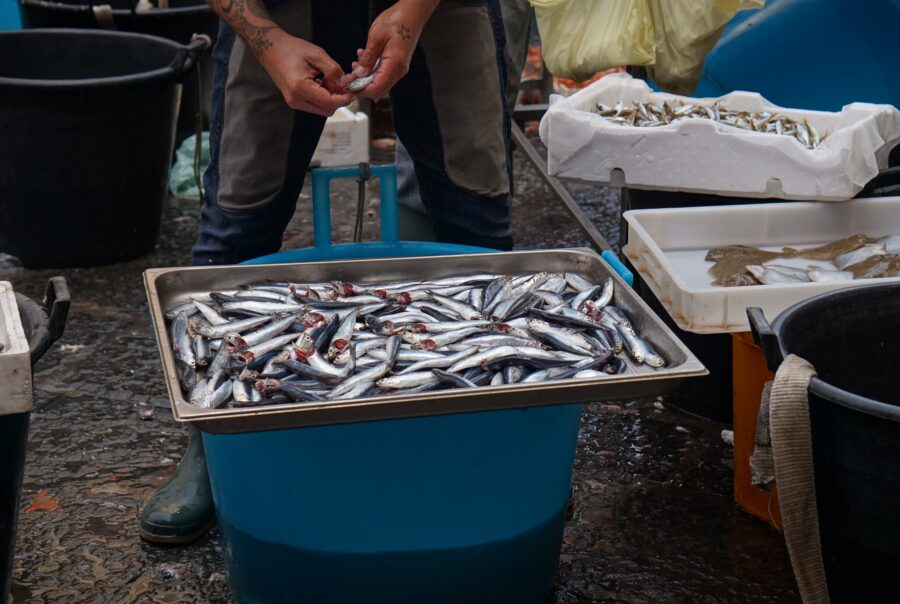
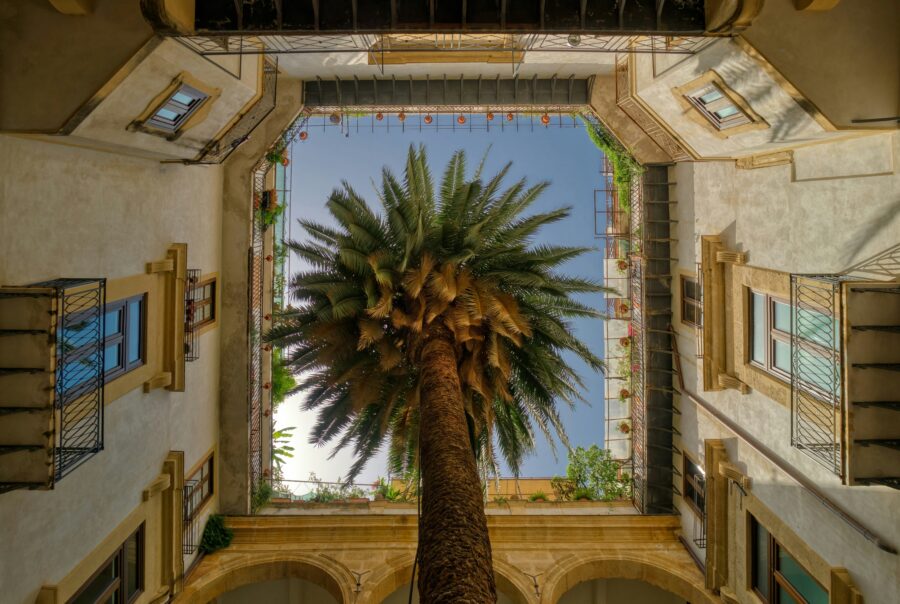
Sicily is also renowned for its exceptionally preserved Greek and Roman ruins. In the southwest, the Valley of the Temples in Agrigento showcases remarkable structures like the Temple of Concordia, nearly intact despite the passage of time. Along the southeast coast, Siracusa, once a prominent Greek city, houses a massive amphitheater dating back to the 5th century B.C., still in use for theatrical performances today.
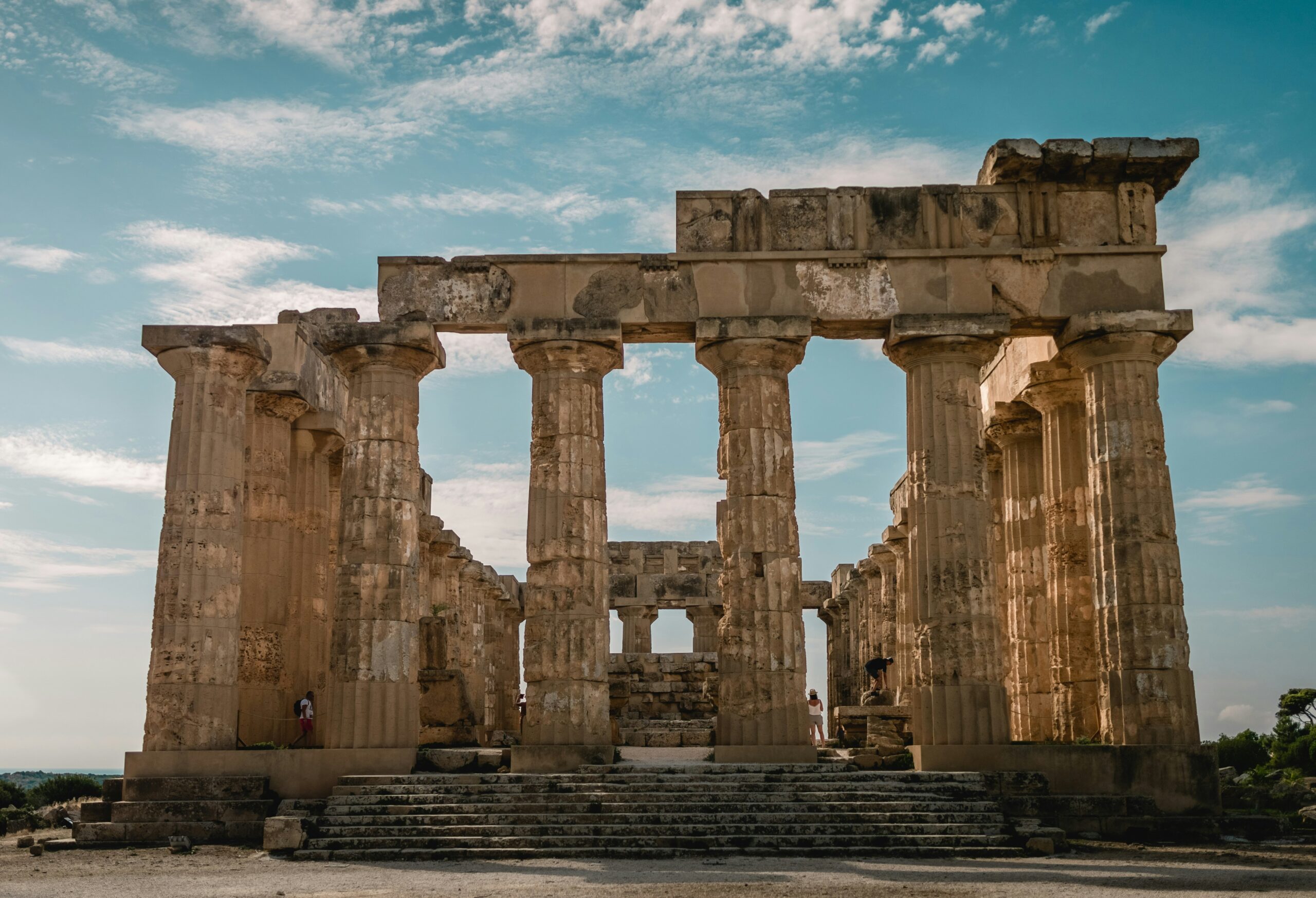
Bordered by the Tyrrhenian, Ionian, and Mediterranean Seas, Sicily boasts an extensive and diverse coastline, yet true beach lovers will fall in love with the Sicilian islands: the Egadi Islands, situated off the west coast, beckon with their accessible charm for day trippers from Trapani. Among them, Favignana stands out as the largest, hosting luxury accommodations, pristine beaches, and renowned diving sites. Its waters hold the secrets of a significant naval battle between Carthage and Rome, yielding a treasure trove of underwater archaeological wonders.


To the north, the volcanic Aeolian Islands offer glittering views and sleepy flower-decked villages. Lipari, the largest among them, allures visitors with its hot springs and historical architecture. Panarea, though small, blooms in the summer months, while the fiery Stromboli presents an adventurous challenge with its active volcano, daring hikers to conquer its summit. Meanwhile, Salina island delights with its delectable capers and mountain peaks.

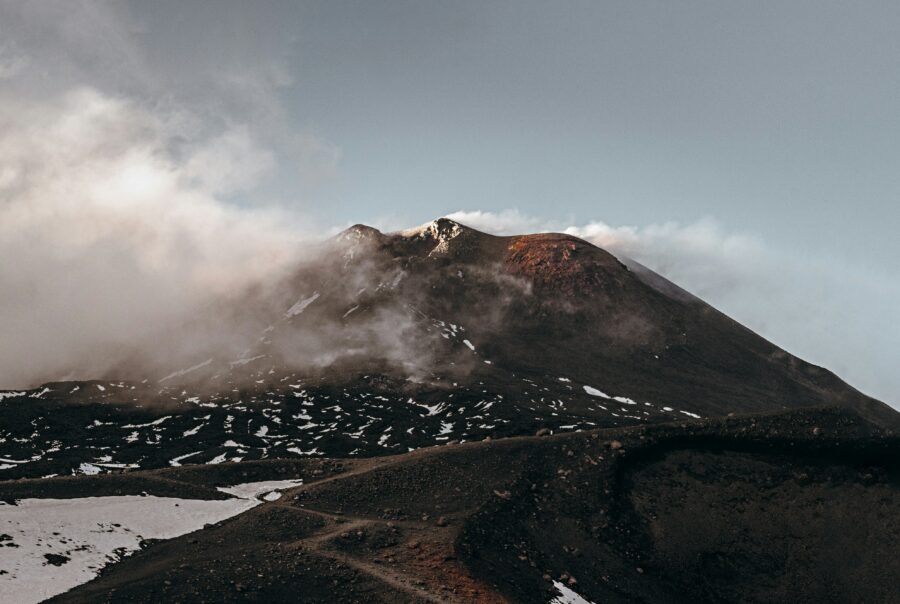
Off Sicily’s western shores lies Pantelleria, a UNESCO World Heritage site characterized by its bohemian vibe and volcanic landscape. Fumaroles, mud baths, and a bounty of agricultural produce, including olives, grapes, and renowned capers, define this unique island sanctuary.
